We get a lot of questions from Airstreamers who have rooftop solar panels installed, wondering whether they can add a portable solar system for extra charging power.
Usually, the answer is yes–but not always.
Here's what you need to know about the compatibility of adding a portable system to your rooftop setup.
First, understand that all solar panels require a charge controller
Every set of solar panels that connects to your Airstream batteries must have its own charge controller. This important device regulates the flow of power from the panels to the batteries so that they aren't overcharged.

The charge controller is essential to running any solar system. Without it, the solar panels will provide wildly varying voltage depending on how much sun is hitting them at any moment, and your batteries can't handle that.
You need a solar port (or an adapter) to plug in a portable solar system
All aluminum Airstream trailers built since 2017 have a Solar Port installed on the A-frame, next to the battery box and behind the propane tanks. Like most portable solar products on the market, the AIR GEAR Portable Solar Kit connects here.
On trailers, this port connects the solar system directly to the batteries. This is why any solar panels you plug into this port must have their own charge controller.
It's also important to understand that the maximum capacity of this solar port is 200 watts. Connecting a higher-wattage system to this port could result in damage, such as melted wires or a blown fuse.
If your Airstream factory-installed Solar Port is still in place and has not been modified, you can use a system like the AIR GEAR 200 Watt Portable Solar Kit, regardless of whether you have rooftop solar installed. (By the way, if you see a sticker like the one in the photo above that says "WARNING: Use Only Zamp" you can ignore it—it's a marketing ploy.)
And if your trailer was made prior to 2017, you can still benefit from a portable solar kit–you'll just need to purchase an adapter to connect to the 7-way plug instead.
How rooftop and portable panels work together
Recently a customer asked this:
"I have a 2020 Basecamp 16X, so it came with the solar package. Last month I bought the Airgear 200W portable solar panels from you. When I use this portable unit, the display for the roof-mounted panels does not indicate any active charging. Does the portable unit prevent the roof panels from charging while in use?"
Quite the contrary—both sets of panels (rooftop and portable) work cooperatively.
In this case, the batteries were not discharged enough to need power from both. Our portable kit was supplying all the power that the batteries could accept, so the the rooftop panels weren't needed.
If the rooftop panels were getting more sun than the portable ones, the situation would reverse. Each charge controller makes its own "decision" about whether it is needed, and how much power to supply.
It's all dependent on the amount of sun each set of panels is getting, and the needs of the batteries. If the batteries can accept more power than one set of panels can provide, then both sets of panels will provide charge to the best of their ability.
This arrangement of rooftop & portable together is the best and most flexible way to keep your batteries charged while boondocking.

Beware of custom installations
Sometimes, well-meaning RV solar installers actually make things worse. We recently heard from two different people with this problem:
"We have a fancy Victron controller for our roof top solar (300 amps) and lithium batteries. Does your portable solar panel come without a controller? I am told if we were to augment with portable, the portable cannot have one in order to work with our system."
The RV solar installer's advice is actually very misleading. It's likely the installer said that because they removed or modified the wiring on the factory-installed Solar Port. They should have left it alone.
If the Solar Port is not altered, it's perfectly fine to plug in portable solar panels with their own charge controller, even if you have a custom solar setup on the roof. As we discussed above, the rooftop and portable panels can both contribute to charging the batteries.
Another customer wrote this:
"When we bought our Airstream in March and had LiFePO4 batteries installed, the dealer disconnected the solar port connection."
Ugh. When we hear things like this, all we can do is shake our heads and sigh.
Fortunately, even if your Solar Port is disconnected or the wiring has been modified, you can still use a portable solar kit such as ours. You'll need to purchase the kit with the optional 7-way adapter, and plug it to your 7-way cord. This ensures the system connects directly to the battery just like the Solar Port would have (bypassing any custom wiring the solar installer may have done), and work in exactly the same way.



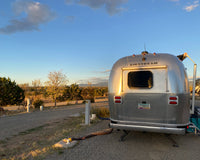

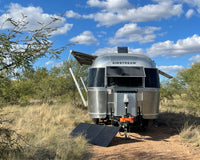
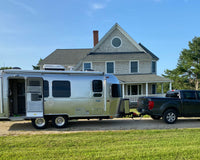
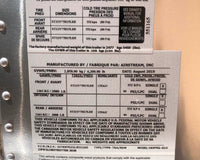


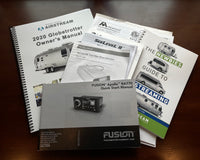
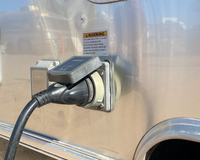
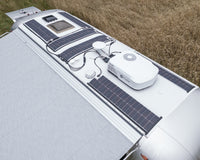
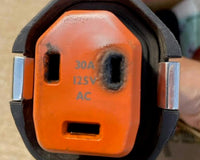



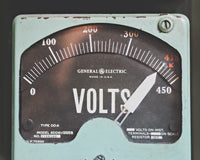


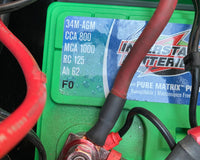
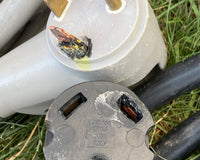
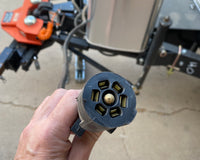
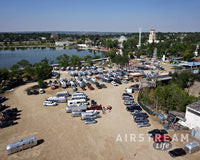
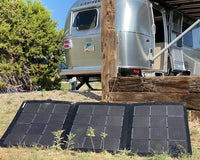
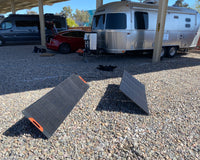
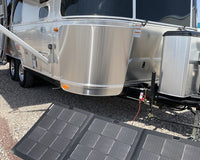
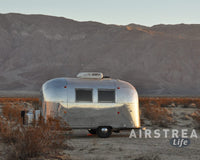

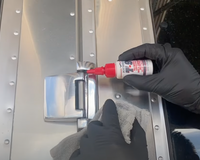
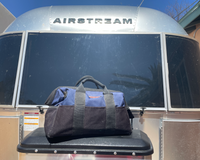

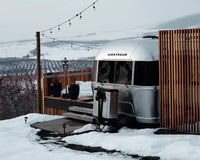

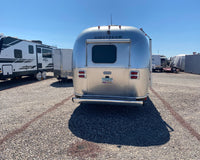
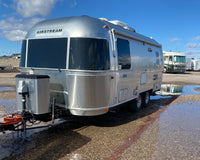


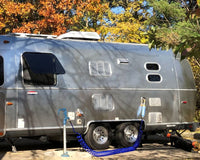

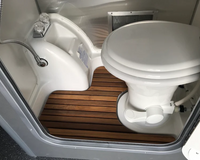


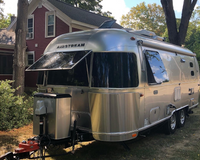

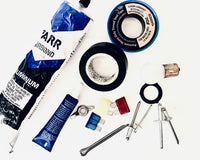
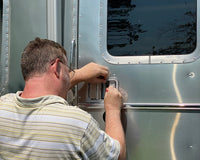

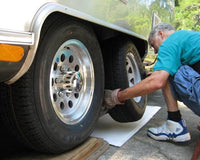



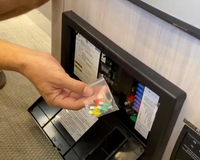
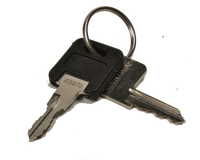
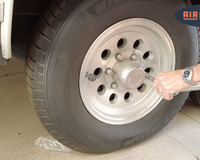



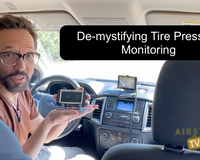
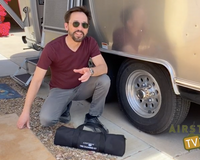

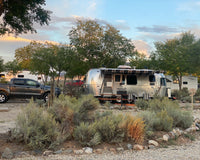
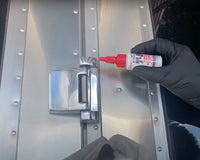

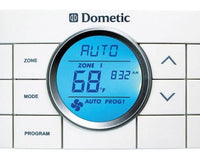
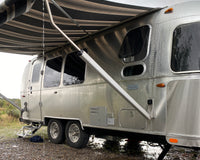
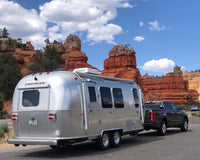
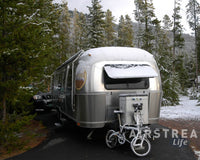

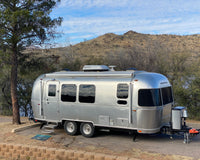
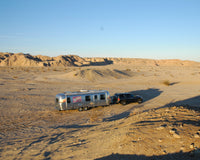


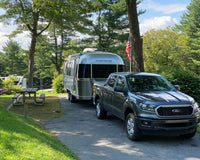
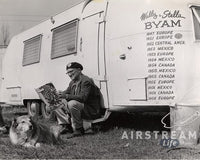
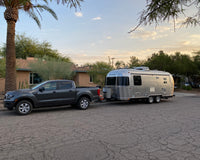
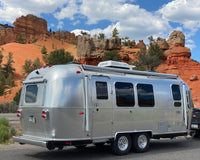
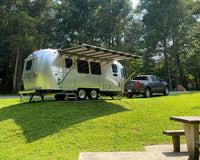
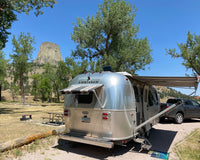
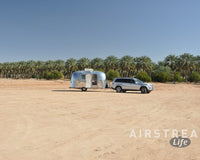



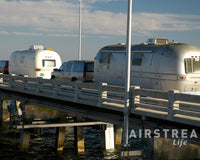
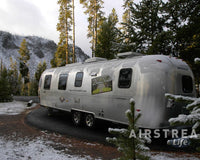
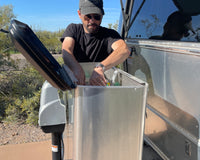



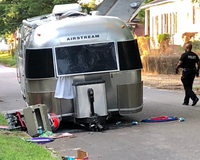


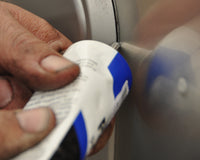
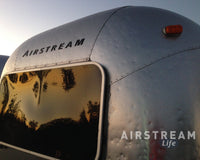


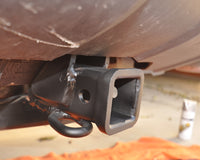
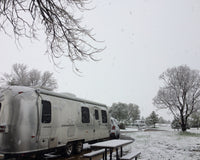
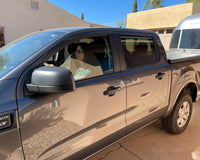
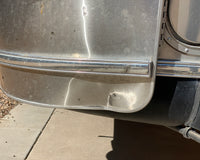

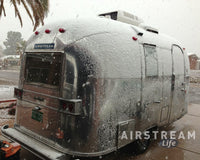
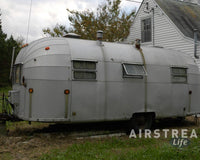


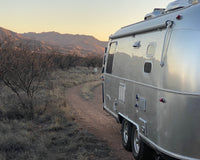
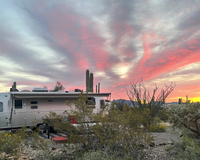
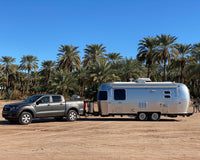

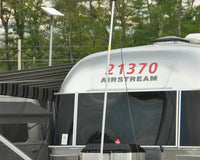
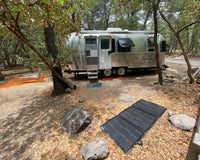



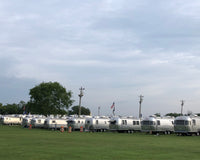
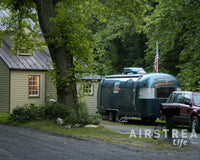

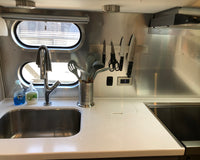

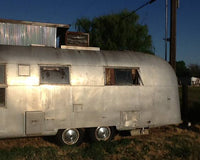

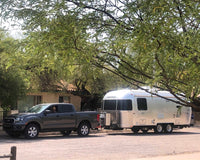
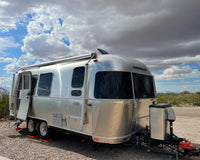
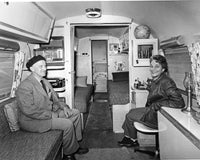
4 comments
Robert Grimes
We have one factory panel with a controller on our 2016, so no solar port near the battery box. We have the prior model portable panels and controller from Air Gear, with alligator clips to hook directly to the battery. We’ve never used them together. I would presume as with your answer to the base camp owner, these will work together with no issue.
Rich Luhr
Robert, yes, there will be no problem using your AIR GEAR Portable Solar Kit at the same time as the rooftop solar panels.
In fact, we’d recommend it! The single panel on your 2016 Airstream roof won’t produce much power (Airstream was installing much small panels back then), so you’ll probably enjoy having the extra capacity provided by the portable panels.
Mitchell Goetze
Solar port….can I plug a low amperage AC trickle charger into that port to charge my batteries?
Rich Luhr
Mitchell, that port is wired directly to the batteries, so anything connected to it is equivalent to connecting to the battery terminals. But I wouldn’t recommend doing what you suggest, for a two reasons: (1) The solar port and wires are limited to 30 amps @ 12 volts maximum so you need to sure the charger won’t exceed that (or it will blow a fuse); (2) You’d have to make up a custom adapter to connect your charger to the solar port.